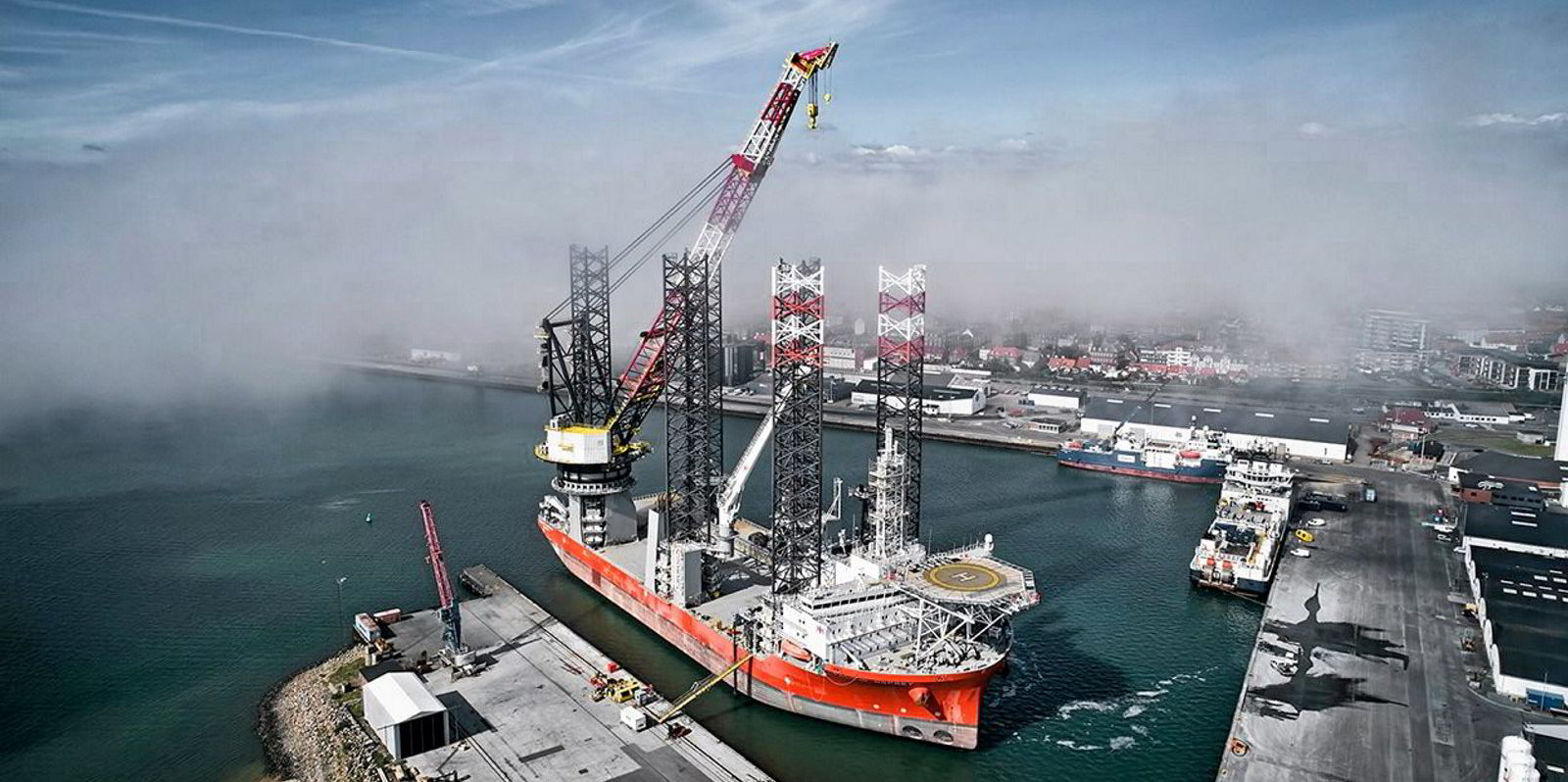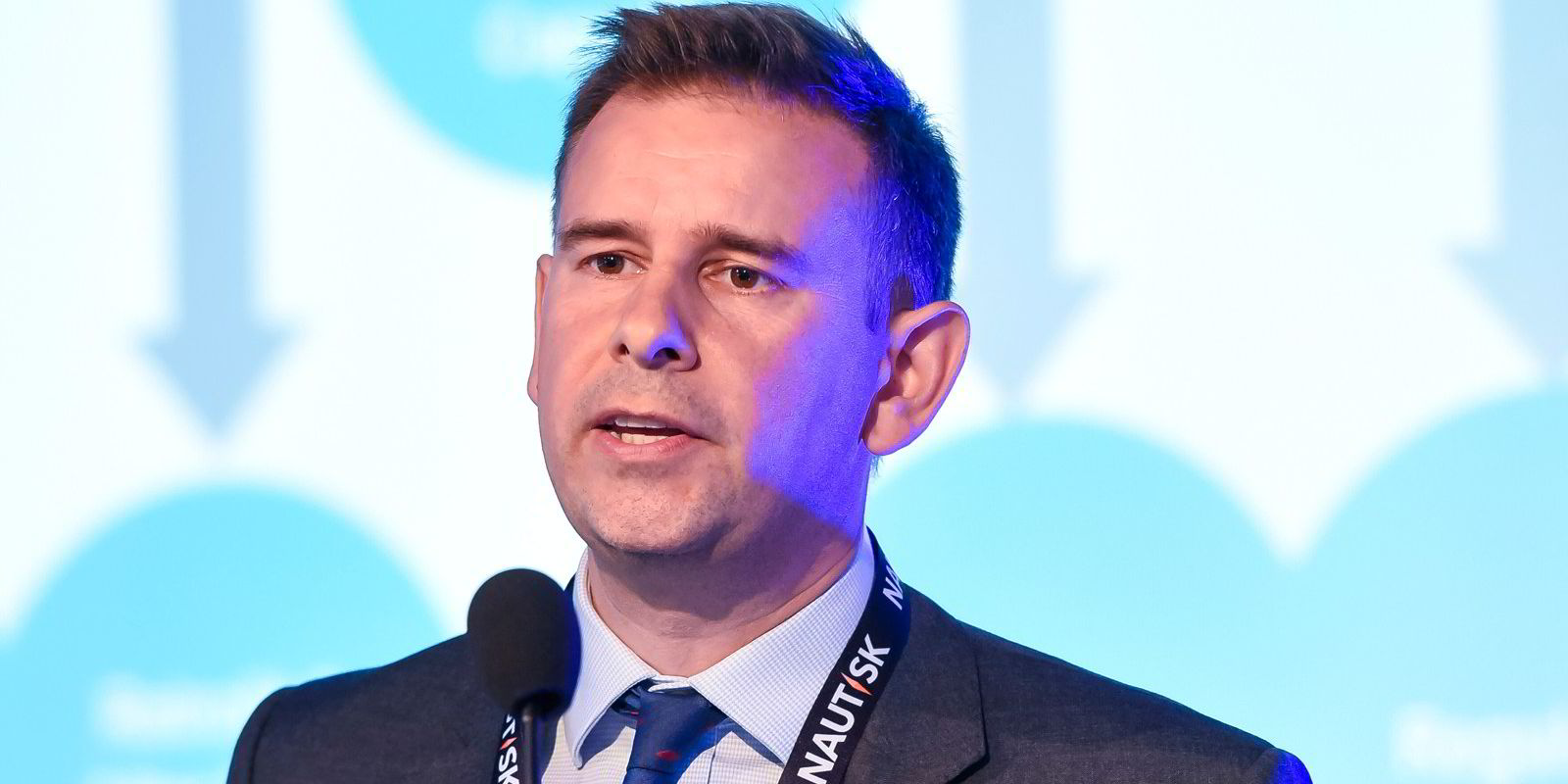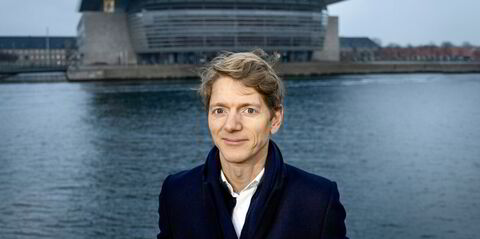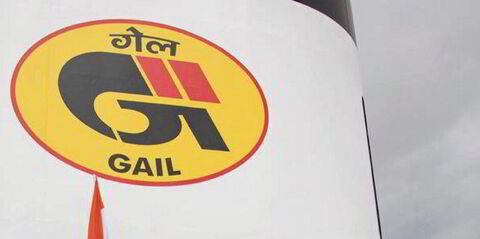Indications wind turbine sizes are stabilising could be positive for wind turbine installation vessel (WTIV) owners, DNB Markets says.
In a note published on Tuesday, the investment bank pointed to a Bloomberg interview with Vestas chief executive Henrik Andersen, who said wind turbines are big enough for now. The comment served as a signal to investors in companies like Eneti and Cadeler that their ships will still be able to handle installation once they hit the water.
“The rapid growth in wind turbine sizes to date has created challenges for installation contractors as legacy assets become too small for newer, larger turbines,” DNB Markets analyst Martin Huseby Karlsen said.
“We believe a key investor concern has been that this trend will continue, threatening to reduce the useful life of the current high-end fleet. As Vestas is now signalling a slowdown, we believe this could ease these investor concerns.”
Karlsen said Vestas’ largest offering is a 15-MW turbine with a diameter of 236 metres and that in the interview Andersen said the Danish company would not be going bigger. Stable sizes will allow the WTIVs under construction to continue working for longer, Karlsen said.
“Eventually, we expect turbines with greater diameter to come to market, but comments in the interview imply that Vestas may keep the current platform generation for longer and rather seek to optimise it,” he said.
As it stands, New York-listed Eneti owns five WTIVs with another two on order. Oslo-listed Cadeler has two on the water and six under construction, all due for delivery in the second half of 2024.
Additionally, Norway's Havfram ordered a WTIV in conjunction with US-based Sandbrook Capital and Canadian PSP Investments in December in an effort to build a fleet of wind farm-building ships.
Overall, shipbroker Clarksons said there will be $26bn spent in the next seven years to build both WTIVs and service operations vessels to bolster offshore wind projects worldwide.





